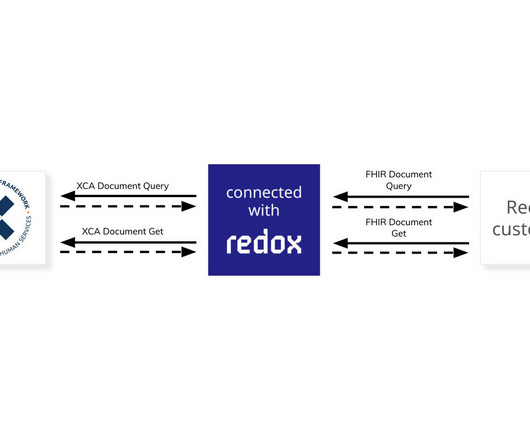The Balance Between Promoting Data Sharing and Ensuring the Privacy and Security of Sensitive Health Information
Healthcare IT Today
OCTOBER 8, 2024
While that may not affect an individual patient whose data is included in the data set, it affects patient outcomes overall because it allows us to analyze the data and provide early interventions and programs. Jay Nakashima, President at eHealth Exchange Keeping patient data safe and private is our top priority.


















Let's personalize your content